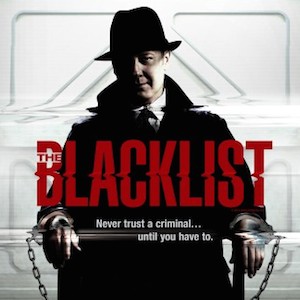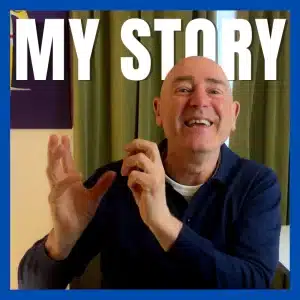
This is the fourth article in a series of how to Turn Your Blog Posts into Books. Here’s the first article. Here’s the second. Here’s the third.
What is a Story Arc?
Typically when a visitor comes a clicking to your website and your blog they’re looking for a single thing. Your challenge as a blogger is to entice them deeper and deeper into your web of content. Rather than reading one article, it’d be great if they read two or three. This will boost your page views and build a deeper connection with your audience.
The original name for a blog was a ‘web log’. And, this shows the original conception at work. A weblog was simply a series of consistent articles posted in the order in which they were written. Depending on what you’ve written and how you’ve written your blog posts, they may stack up as a consistent theme if simply line them up together.
[Tweet “Story Arcs: easy to write content, keep your readers reading, turn your blog posts into books”]
How TV Shows Use Story Arcs
 The key to this is to write a series of story arcs. A story arc is simply a series of connected stories. For example, think of your favourite soap opera and many of the TV drama series, they are written as a bunch of connected episodes to entice the viewer to watch each week. Crime shows adopt this by having a new crime to solve each week with a weaving of some personal drama in between.
The key to this is to write a series of story arcs. A story arc is simply a series of connected stories. For example, think of your favourite soap opera and many of the TV drama series, they are written as a bunch of connected episodes to entice the viewer to watch each week. Crime shows adopt this by having a new crime to solve each week with a weaving of some personal drama in between.
For instance, in the TV show The Blacklist, in each episode Raymond Reddington (James Spader) helps FBI agent Elizabeth Keen (Megan Boone) solve a crime. Done and dusted. A discrete, separate and independent episode. However, the subplots continue over several episodes and the life of the series. For instance, Keen’s relationship with her husband and whether they should adopt a baby or not. Plus, the core underlying theme: What is the real relationship between Reddington and Keen? This means you can watch a single episode for the crime drama. And, ideally from the producers perspective, become addicted to the never-ending, unfolding personal drama of the individual characters within the show.
A similar effect is deliberately planned into Reality TV shows. In Survivor, Big Brother and the Amazing Race, each episode has it’s own focus. And, the intent is to engage you emotionally with the characters so you’ll watch the whole series to see if your favourite or most hated character wins or loses.
Two Ways to Use Story Arcs on your Blog
Here’s two simple ways to use story arcs on your blog…
- You can create story arcs in a formal and deliberate way… Just like this article. It started out as a single post, started getting a bit long and so here it is as a series of posts. Another more deliberate example… I wrote a post called the Manifesto Manifesto which has nine principles for creating a manifestos. And, I followed this with nine individual posts on each of the nine principles giving me a total of 10 blog posts on one topic stories. Ideally, if you read the master blog posts you’ll then follow up on the sub-posts.
- And you can create story arcs in an informal and ad-hoc way… for example, this blog post is an extension of a previous one and the opening paragraph has the link to that previous article. Here’s another example of where I’ve strung four blog posts together. Notice the three hyperlinks in the first sentence.
Sometimes I deliberately intend to write a string of articles and sometimes I don’t. The series about strengths, weaknesses and hidden talent was one I did not intend to write. What happened here was that I wrote one article and then started thinking about it and talking about it with other people. This sparked further thinking on my part which resulted in me writing a few extra blog posts. The important part is to make sure that you provide hyperlinks to connect the posts together so the reader knows there is a connection and can easily click across to the next in the series.
I didn’t plan to write this blog post either. It came about from several comments I received on social media about the original post. And, as a result I thought I could add more value by expanding on what I’d previously written.
[Tweet “Improve your blog by watching TV and notice how they create story arcs”]
Turn Your Blog Posts into Books
This strategy is super useful in two ways.
- Firstly, if you’re going to write a book from your blog posts and you haven’t written the posts yet, this is a great strategy to employ to make it easier to compile them into a book at a later date. Simply outline your book chapter and break it up into a series of blog posts. Then connect the blog posts with hyperlinks.
- Secondly, if you have already written your blog posts and you want to convert them into a book then this is the strategy you need to create the flow between the articles. You’ll need to reverse engineer the story arcs. To do this you need to look for and make connections between your articles. My preferred way of doing this is to create a mind map because they’re perfectly suited for connecting ideas together. Start with the complete list of all your blog posts and then start to compile them under categories or key headings in a mind map to create the flow, the links and the story arcs between them.
Tip: Start writing your blog posts as a series of story arcs or as a series of chapters with your book in mind. This will make it much easier to convert your blog posts into a book at a later date.



